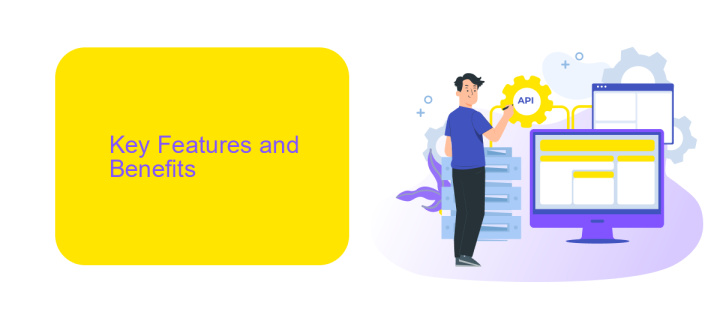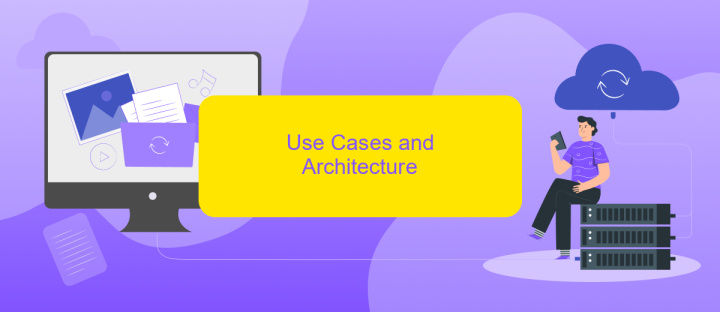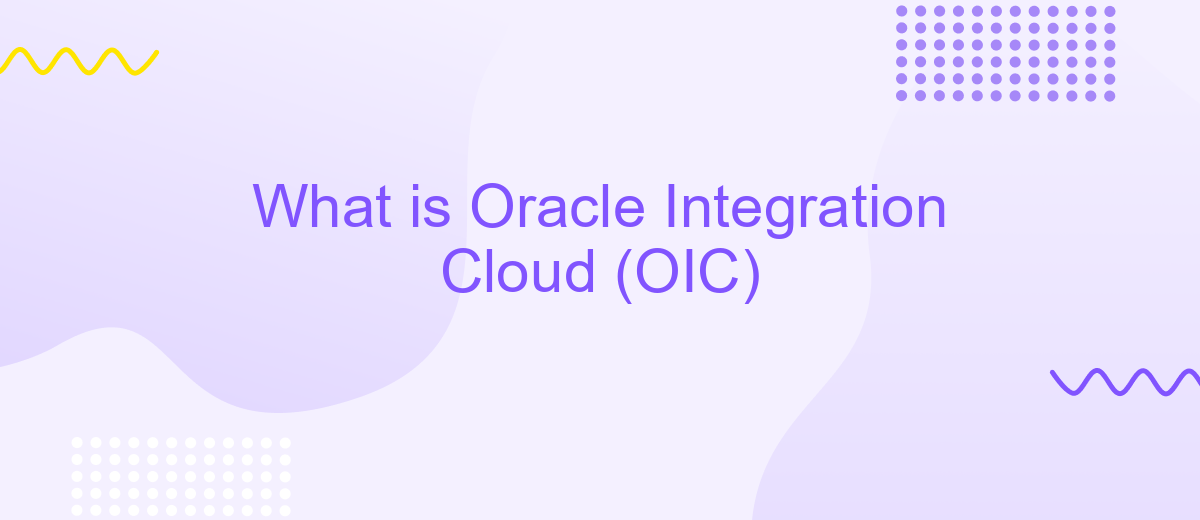What is Oracle Integration Cloud (OIC)
Oracle Integration Cloud (OIC) is a comprehensive, cloud-based platform designed to streamline and simplify the integration of various applications, data sources, and business processes. It enables organizations to connect disparate systems, automate workflows, and enhance operational efficiency. With its user-friendly interface and robust capabilities, OIC empowers businesses to achieve seamless connectivity and drive digital transformation.
Introduction
Oracle Integration Cloud (OIC) is a comprehensive, cloud-based integration platform that enables businesses to streamline their processes by connecting various applications and services. It provides a robust framework for integrating both on-premises and cloud-based applications, ensuring seamless data flow and operational efficiency.
- Automated workflows for improved productivity
- Real-time data synchronization between systems
- Pre-built adapters for popular applications
- Scalability to meet growing business needs
By leveraging OIC, organizations can reduce the complexity of their IT infrastructure and enhance their agility. Additionally, services like ApiX-Drive can complement OIC by offering easy-to-use tools for setting up integrations without the need for extensive technical knowledge. This synergy allows businesses to focus on their core activities while ensuring their systems are well-connected and efficient.
Key Features and Benefits

Oracle Integration Cloud (OIC) offers a comprehensive suite of tools designed to simplify and accelerate the process of integrating various applications and services. One of its key features is the pre-built adapters that provide seamless connectivity to a wide range of SaaS and on-premises applications. These adapters reduce the complexity of integration projects, allowing businesses to quickly connect their systems without extensive coding. The intuitive interface and low-code development environment further enhance productivity by enabling users to create and manage integrations with minimal technical expertise.
Another significant benefit of OIC is its real-time monitoring and analytics capabilities, which provide valuable insights into the performance and health of integrations. This ensures that any issues can be promptly identified and resolved, minimizing downtime and maintaining business continuity. Additionally, OIC’s robust security features, including data encryption and secure access controls, ensure that sensitive information is protected throughout the integration process. By leveraging these features, businesses can achieve greater efficiency, agility, and security in their integration efforts, ultimately driving better business outcomes.
Use Cases and Architecture

Oracle Integration Cloud (OIC) offers a comprehensive solution for connecting diverse applications and automating business processes. It is designed to streamline workflows, reduce manual intervention, and enhance overall operational efficiency. Organizations can leverage OIC to integrate on-premises and cloud-based systems, ensuring seamless data flow and improved collaboration.
- Automating business processes: OIC enables businesses to automate repetitive tasks, reducing human error and increasing productivity.
- Connecting disparate systems: It allows for the integration of various applications, whether they are on-premises or in the cloud, ensuring consistent data availability.
- Enhancing customer experiences: By integrating CRM, ERP, and other systems, OIC helps provide a unified view of customer data, improving service delivery.
- Real-time analytics: OIC facilitates real-time data synchronization, enabling businesses to make informed decisions based on up-to-date information.
- Streamlining workflows: With OIC, businesses can create and manage workflows that span multiple applications, improving efficiency and reducing bottlenecks.
In terms of architecture, OIC is built on a robust cloud platform that ensures scalability and reliability. It employs a modular approach, allowing users to pick and choose the services they need. For instance, ApiX-Drive can be integrated with OIC to further simplify the process of connecting various applications and automating workflows. This flexibility makes OIC a versatile tool for organizations of all sizes, helping them to adapt quickly to changing business requirements.
Pricing and Packaging

Oracle Integration Cloud (OIC) offers flexible pricing and packaging options tailored to meet the diverse needs of businesses. Whether you're a small enterprise or a large corporation, OIC provides scalable solutions that can grow with your organization. The pricing model is designed to be both cost-effective and adaptable, ensuring you only pay for what you use.
OIC offers several subscription plans, including monthly and annual options. These plans are designed to provide maximum value, with features that support various integration needs. Additionally, OIC includes a pay-as-you-go model, allowing businesses to scale their usage based on demand without incurring unnecessary costs.
- Basic Plan: Ideal for small businesses with minimal integration needs.
- Standard Plan: Suitable for medium-sized businesses with moderate integration requirements.
- Enterprise Plan: Designed for large corporations with complex integration needs.
- Pay-as-you-go: Flexible option for businesses with variable usage patterns.
For businesses looking to streamline their integration processes, services like ApiX-Drive can complement OIC by offering additional tools for automating and managing integrations. This synergy ensures seamless connectivity across various platforms, enhancing overall operational efficiency.
Getting Started
To get started with Oracle Integration Cloud (OIC), first, you need to sign up for an Oracle Cloud account. Once your account is set up, navigate to the Oracle Integration Cloud service from the Oracle Cloud dashboard. Here, you can create and configure integrations between various applications and services. The user-friendly interface allows you to drag and drop components to design your workflows, making the setup process simple and intuitive.
For those looking to streamline the integration process further, consider using ApiX-Drive. This service provides a wide range of pre-built connectors and templates that can help you quickly link Oracle Integration Cloud with other applications. By leveraging ApiX-Drive, you can automate data transfers, synchronize information across platforms, and reduce the time spent on manual configurations. This ensures that your integrations are not only efficient but also scalable as your business grows.
- Automate the work of an online store or landing
- Empower through integration
- Don't spend money on programmers and integrators
- Save time by automating routine tasks
FAQ
What is Oracle Integration Cloud (OIC)?
How does Oracle Integration Cloud simplify the integration process?
What types of applications can be integrated using Oracle Integration Cloud?
Can Oracle Integration Cloud handle real-time data synchronization?
What are the key benefits of using Oracle Integration Cloud?
Strive to take your business to the next level, achieve your goals faster and more efficiently? Apix-Drive is your reliable assistant for these tasks. An online service and application connector will help you automate key business processes and get rid of the routine. You and your employees will free up time for important core tasks. Try Apix-Drive features for free to see the effectiveness of the online connector for yourself.


